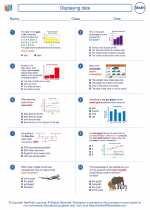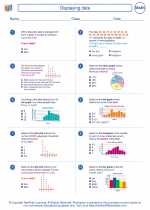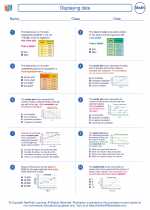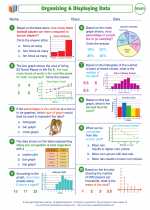Logarithmic Growth: Explanation and Study Guide
Explanation
Logarithmic growth is a type of growth that occurs when the growth rate of a quantity is proportional to the logarithm of the quantity itself. In other words, as the quantity increases, the rate of growth decreases. This type of growth is often observed in natural phenomena such as population growth, radioactive decay, and the spread of diseases.
The general form of a logarithmic growth equation is:
$$ y = a \cdot \log(bx + c) + d $$
Where:
- $$ a $$ is the vertical stretch or compression factor
- $$ b $$ is the horizontal stretch or compression factor
- $$ c $$ is the horizontal shift
- $$ d $$ is the vertical shift
To understand logarithmic growth, it's important to grasp the properties of logarithmic functions, such as the relationship between logarithmic and exponential functions, the behavior of logarithmic graphs, and how to solve logarithmic equations.
Study Guide
Here are some key concepts and steps to study when learning about logarithmic growth:
- Understand logarithmic functions and their properties, including the relationship between logarithmic and exponential functions.
- Learn to graph logarithmic functions and identify key characteristics such as asymptotes, domain, and range.
- Practice solving logarithmic equations using properties of logarithms and the change of base formula.
- Study real-world applications of logarithmic growth, such as population growth models and radioactive decay.
- Work on applying the general form of a logarithmic growth equation to specific scenarios and interpreting the meaning of its parameters.
It's important to practice solving problems and applying logarithmic growth concepts to various situations to develop a strong understanding of the topic.
Remember to also review any additional resources provided by your teacher or textbook to reinforce your understanding of logarithmic growth.
.◂Math Worksheets and Study Guides Eighth Grade. Displaying data

 Worksheet/Answer key
Worksheet/Answer key
 Worksheet/Answer key
Worksheet/Answer key
 Worksheet/Answer key
Worksheet/Answer key
 Worksheet/Answer key
Worksheet/Answer key
